Buy Poseidon, get a free gift with purchase:
Poseidon

A wild EQ modeled after a rare and mythic console, turned into an easy-to-use modern tool
Control The Beast
Ask an engineer for a shortlist of EQs that make their eyes and ears sparkle, and they’ll probably mention an inductor-based design with a nautical name that conjures up images of the god Poseidon. The EQ section of this rare and legendary console made the sound of records you might have grown up with: Queen, The Beatles, David Bowie, The Rolling Stones… Let’s just say it’s “tried and tested”.
Present in very few studios, this console is renowned for being highly musical. One key component behind its mojo are its unique band interactions – pushing the gain of one band can lead to EQ curves that would need three or four bands on a parametric EQ.
With such an idiosyncratic EQ, there’s a learning curve. The interactions between its bands are so unique that we’ve never seen a digital reproduction that makes them simple to use. So Pulsar decided to nail it with an on-screen EQ curve that reacts faithfully to the quirks of the original hardware, making Pulsar Poseidon easy to master. With all its additional features (Mid/Side bands, Gain Scale, Auto-Gain, multiple saturation colors), this plugin (VST/VST3/AU/AAX) faithfully resurrects the rare and iconic qualities of this console EQ into the digital realm.
Improved Workflow
Pulsar Poseidon delivers the distinctive character of an industry legend – with modern features to quickly master this one-of-a-kind EQ.
Extended Ranges for Modern Needs
While the original machine is highly appreciated for its carefully chosen discrete frequencies, Pulsar made the frequency knobs continuous and extended their ranges to match modern needs. Back then, a peaking EQ down to 100Hz would have required fist-sized inductors.
Complete Control with Curve Editing
Understand how each band or filter shapes the sound with a complete on-screen curve editor and spectrum analyzer. This best-of-both-worlds approach will give you an interesting insight into what you’re doing with a better workflow.
Enhanced Versatility
As usual, they’ve added Mid/Side processing for more control on your stereo image, a Gain Scale knob to help you reach the sweet spot on your EQ intensity, and an Auto-Gain feature to keep the output level consistent with the input.
Several Saturation Colors
Add rich analog distortion to your sources with multiple saturation circuits, including that of the original unit, which is well-known for the tonal color of its preamps. In addition, we’ve introduced two output transformer emulations to add low-end harmonics.
Precise Modeling of Band Interactions
Pulsar have faithfully recreated the interaction between the bands of the original unit. The shape of one filter depends on the settings of the others, so you get asymmetrical bells and exotic curves. In Pulsar Poseidon, these creative EQ shapes are finally visible and easy to use.
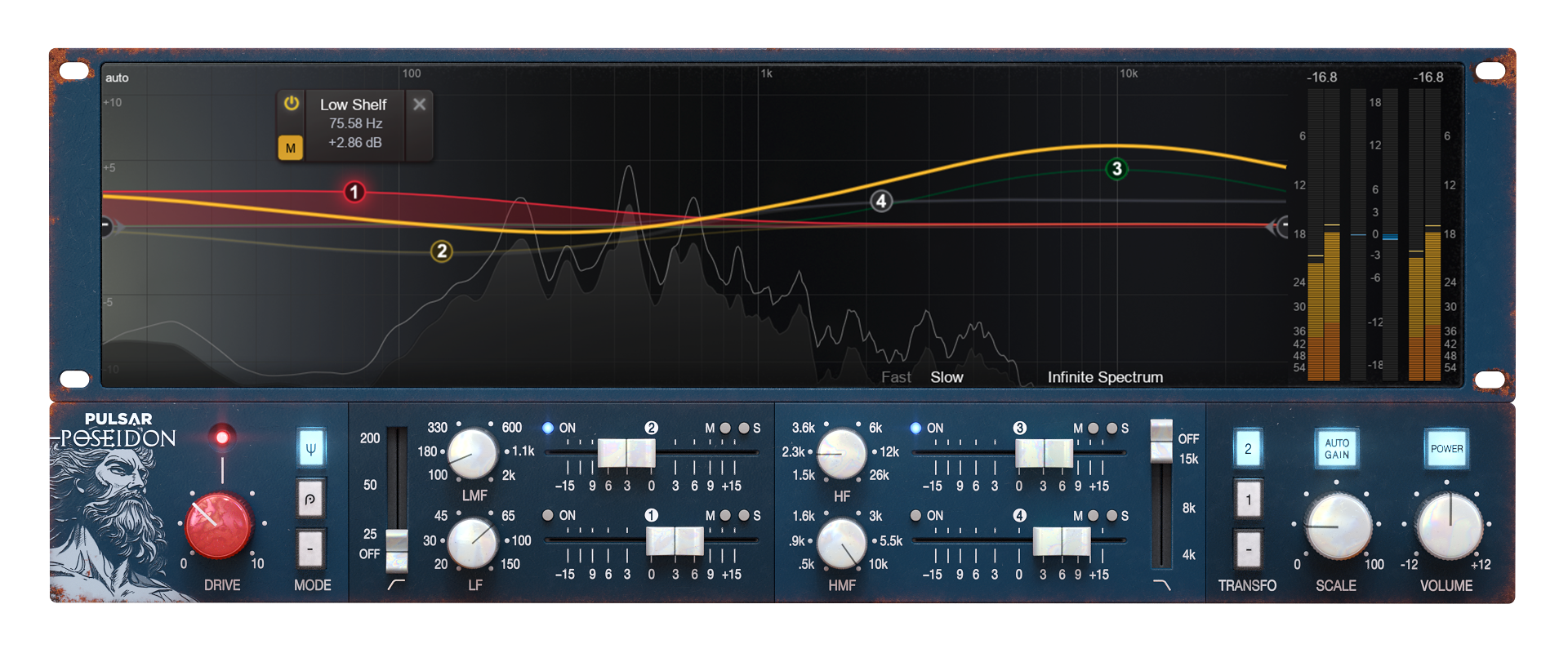
See The Difference
These consoles have a unique history. They were designed by Malcom Toft, Barry Porter, and among others, producer Roy Thomas Baker (Queen, The Cars, Devo). But more importantly, these consoles emerged at a particular moment in history when mixers and electronic engineers worked hand in hand, in an almost artisanal manner, to create tools exactly suited to their needs. The preamps are entirely Class A and discrete, designed as clones of the Revox A77. Initially, they were supposed to be equipped with Marinair LO10468 input transformers, the same transformers as the mythical Neve 1073 (indeed, all the Neve 10-series). However, between design and industrialization, Neve had already purchased the entire stock of transformers available from Marinair, so they had to look for an alternative while having to make a few modifications to the circuit in the process. Zutt transformers were finally used. Later, some units were also equipped with Jensen transformers. For a little story, the Lenny Kravitz desk, when in New York City, was upgraded from Zutt to Jensen mic pre-transformers due to the radio interference caused by the NYC train system!
The Magic of Your Childhood Hits
For the EQs, some simple but smart choices were made to keep the noise floor as low as possible. One cool trick was placing two parallel peaking EQs with minimal decoupling between bands, which helps keep output impedance low. This lovely serendipity made these EQs great because of the musicality of the resulting band interactions. A secret EQ formula that positively contributed to countless hit records, resulting in a rich and dense
timbre. A few bands who recorded on this console include Queen, The Beatles, Metallica, David Bowie, The Rolling Stones, Elton John…
Thanks to the Pulsar Audio "savoir-faire," you can now experience and bring back the unique sonic signature behind the records that shaped music history – all with an up-to-date interface and features to integrate and tame this beast inside your DAW.
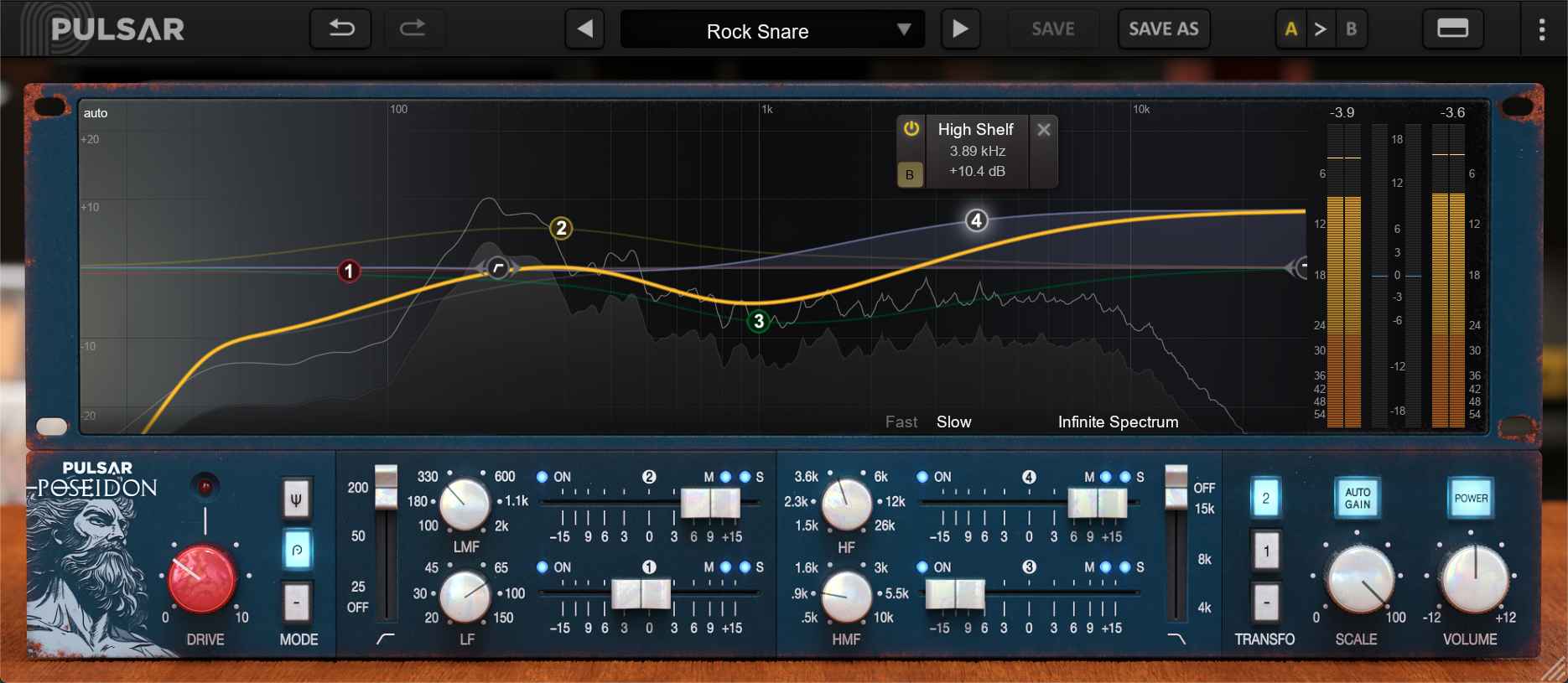
Features
-
Topology Preservation Technology
- Pulsar modeling technology guarantees a perfect emulation of the original device’s behavior. From the saturation of diodes, transistors or tubes, to slight internal filtering, to tiny calibration defects, everything is perfectly reproduced, and doing so without completely simulating the entire circuit means Pulsar saves your CPU power.
-
Saturation stage
- Push the signal further with one of two saturation circuits and adjust the processing strength using the Drive knob. The first mode faithfully emulates the analog circuitry of the console that inspired this plugin, while the second is a Pulsar Audio creation featuring a slightly more modern and aggressive character. Modern EQ Edition Manipulate a peculiarly shaped analog EQ curve in an intuitive and familiar way. The curve editor is extremely easy to use, with a clear and concise overall frequency response display giving feedback about those interacting bands. You can edit all properties of any filter without touching the lower panel.
-
Output Transformer
- The analog circuit of the original console channel had no output transformer. Pulsar Poseidon offers two additional options: an output transformer inspired by theMarinair models used in old Neve preamplifiers, and an original transformer algorithm optimized for the enhancement of low-end harmonics.
-
Mid/Side processing
- Each band can be used on the entire stereo signal, or switched into operating with a single focus: the Mid only, to process monophonic, centered audio or the Side only, to process stereo, non-centered audio. When operating with bands in different modes, Mid and Side curves are represented clearly on the graphical EQ curve display.
-
Auto-Gain
- This control compensates for volume changes introduced by equalization, keeping output level consistent with input. It uses a C-Weighting-based algorithm to introduce a level compensation based on EQ curve analysis. The compensation gain applied only depends on your EQ settings and won’t change during playback.
-
Metering and Spectrum analyzer
- The on-screen analyzer displays the audio spectrum in real time (with Fast and Slow window settings) or over the long term with the Infinite Spectrum setting. In addition, peak metering provides insight into overall dynamics, and RMS meters let you monitor loudness and level matching. An overall gain meter is also available.
-
Gain Scale
- For wholesale reduction or increases in gain, the Gain Scale control lets you accentuate or reduce an entire EQ curve, acting like a multiplier for all bands’ gain settings. This is useful when you have an EQ curve that works for an instrument within a mix, but you then went to dial the effect back or increase it.
-
Oversampling
- A selectable oversampling mode is available for computers that can handle it, with processing at rates up to 384 kHz. With separate settings for offline and real-time oversampling, you can choose for higher oversampling settings to be applied at export than during general playback.
-
Smart GUI
- Pulsar Poseidon comes all wrapped up in a responsive and resizable interface. A resize handle enables you to choose the perfect size for each use case, from nice and compact to highly visible. Optionally, you can choose to snap the interface size to 150% and 100%, to quickly set a specific size.
System Requirements
Windows
- Windows 7 with SP1 / Windows 8.1 / Windows 10 (all 64-bit only)
- CPU: Intel Core i3 / i5 / i7 / i9 / Xeon or AMD Quad-Core minimum
- Memory: 4 GB RAM & 1 GB free disk space
- GPU: OpengGL 2.0 compatible GPU
- Monitor: Minimum 1024×768 Resolution (recommended 1920×1080) & 60 Hz Refresh rate
Compatible Plugin Formats (32 & 64-bit):
- AAX Native
- VST 2.4
- VST 3
Mac
- macOS10.9 and higher (M1 Apple Silicon supported) (64-bit only)
- CPU: Intel Core i3 / i5 / i7 / Xeon / Apple Silicon (M1)
- Memory: 4 GB RAM & 1 GB free disk space
- GPU: OpengGL 2.0 compatible GPU
- Monitor: Minimum 1024×768 Resolution (recommended 1920×1080) & 60 Hz Refresh rate
Compatible Plugin Formats (64-bit only):
- AAX Native
- Audio Unit
- VST 2.4
- VST 3
Activation:
- You need to have an account at ilok.com to be able to use Pulsar software.
- The Mac version of this software is 64-bit only and will not function on 32-bit systems.
Important - You need to have an account at ilok.com to be able to use Pulsar software.
Please note: Pulsar Smasher is used as an example.
Mac
iLok Registration
1. Go to the iLok website and create a new account if you are not currently registered and do not have the iLok License Manager installed on your computer.
Note: Skip to the 'Pulsar Software Installation' procedure if you are already an iLok registered user.

2. Download and install the iLok License Manager.
Pulsar Software Installation
1. Download the .dmg file from within your Plugin Boutique User Account and open it > Double-click the .pkg file to begin the installation.

2. Click 'Continue'.

3. Click 'Continue'.

4. Click 'Agree'.

5. Click 'Install'.
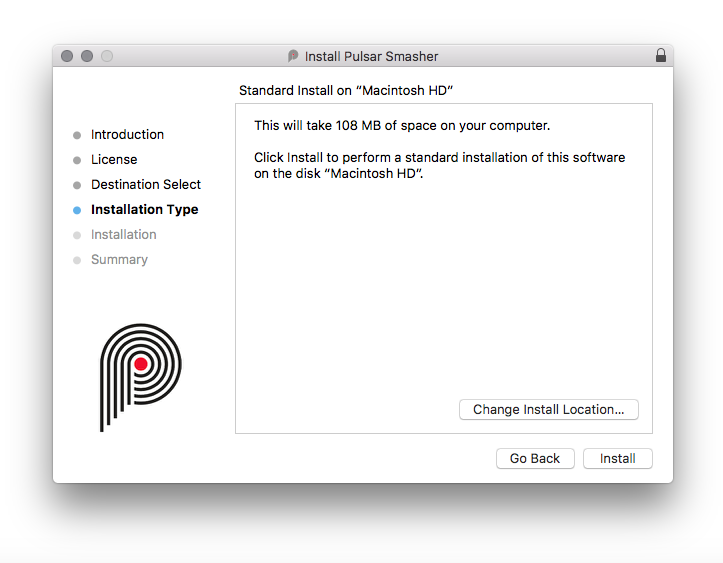
6. Enter your computer Username and Password > Click 'Install Software'.

7. Click 'Close'.

iLok Activation
1. Open the iLok License Manager > Click 'Sign In'.
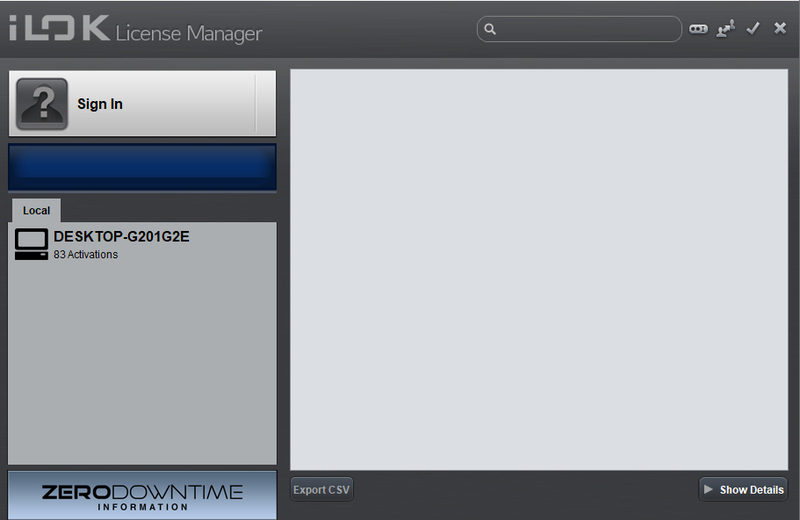
2. Enter your iLok User ID and Password > Click 'Sign In'.

3. Click the redeem icon in the top right-hand corner of the iLok License Manager window.

4. Enter the Activation Code in of your Plugin Boutique User Account > Click 'Next'.

5. Select your account that you wish to redeem your product to > Click 'Redeem'.

6. Click 'Ok'.

7. Select your redeemed product > Click the tick icon in the top-right hand corner of the iLok License Manager.

8. Select your computer from the list of activation locations > Click 'Activate'.

9. Click 'Ok'.

Your product is now activated and ready to use within your DAW.

Windows
iLok Registration
1. Go to the iLok website and create a new account if you are not currently registered and do not have the iLok License Manager installed on your computer.
Note: Skip to the 'Pulsar Software Installation' procedure if you are already an iLok registered user.

2. Download and install the iLok License Manager.
Pulsar Software Installation
1. Download the installer file from your Plugin Boutique User Account.
2. Double-click the .zip folder to reveal the installer file > Double-click the .exe installer file to begin the installation process.
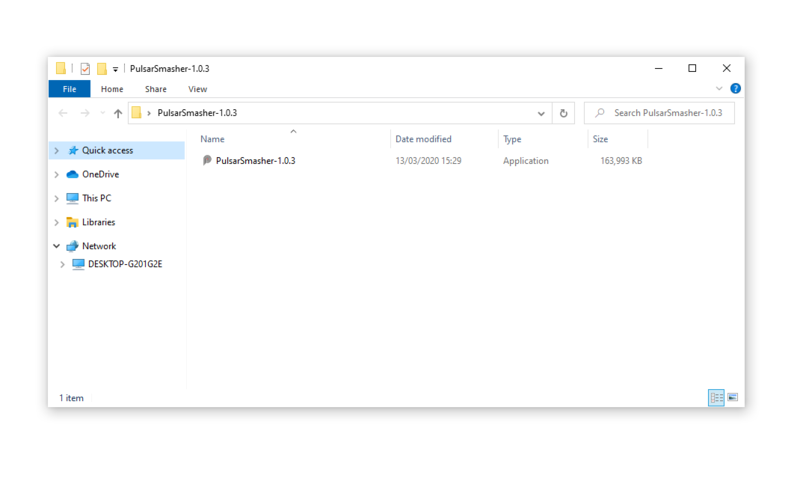
3. Select 'I Accept the Agreement' > Click 'Next'.
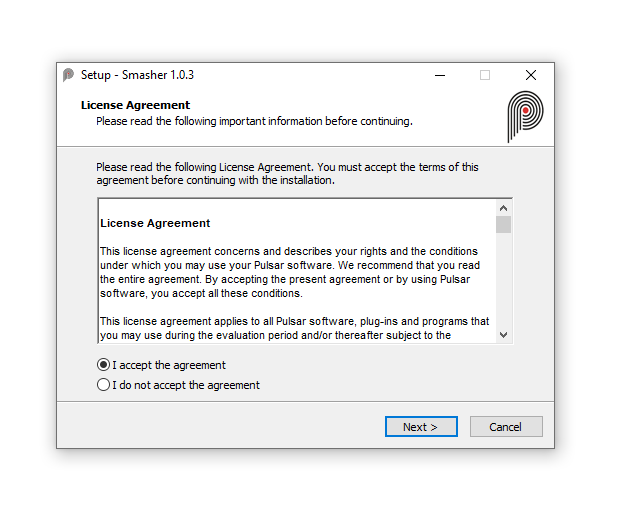
4. Select the components you wish to install > Click 'Next'. (Note: Untick 'PACE iLok license support' if you already have it installed on your computer).
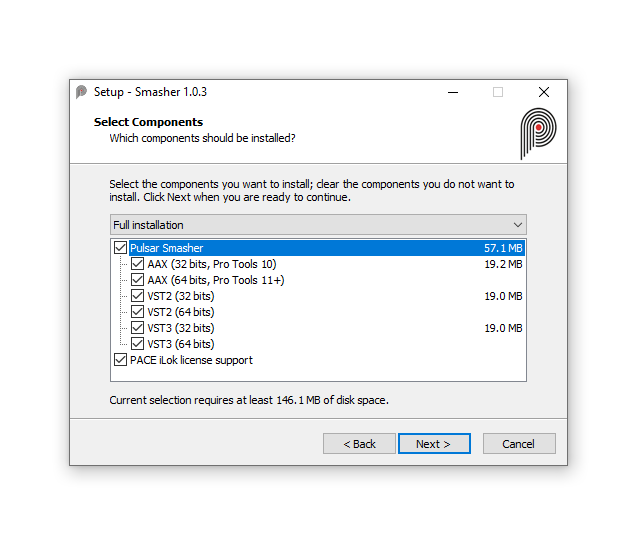
5. Click 'Next'.
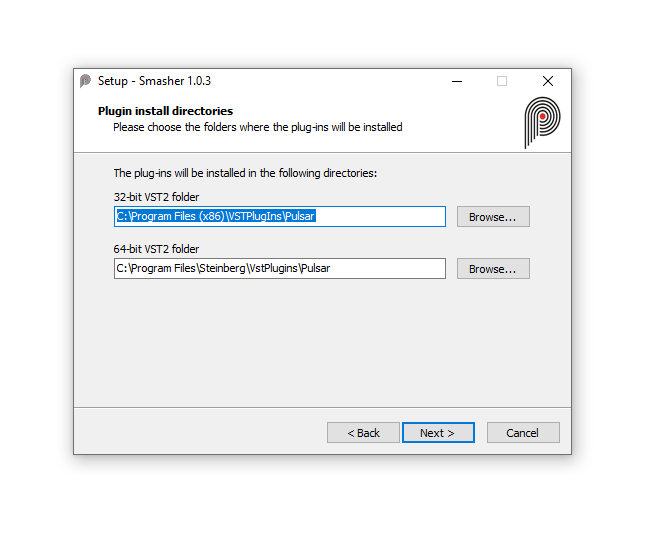
6. Click 'Install'.

7. Click 'Finish'.
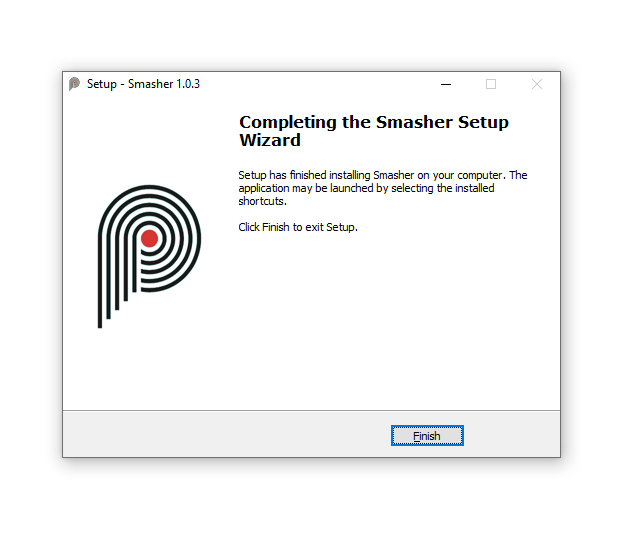
iLok Activation
1. Open the iLok License Manager > Click 'Sign In'.

2. Enter your iLok User ID and Password > Click 'Sign In'.

3. Click the redeem icon in the top right-hand corner of the iLok License Manager window.

4. Enter the Activation Code in of your Plugin Boutique User Account > Click 'Next'.

5. Select your account that you wish to redeem your product to > Click 'Redeem'.

6. Click 'Ok'.

7. Select your redeemed product > Click the tick icon in the top-right hand corner of the iLok License Manager.

8. Select your computer from the list of activation locations > Click 'Activate'.

9. Click 'Ok'.

Your product is now activated and ready to use within your DAW.



